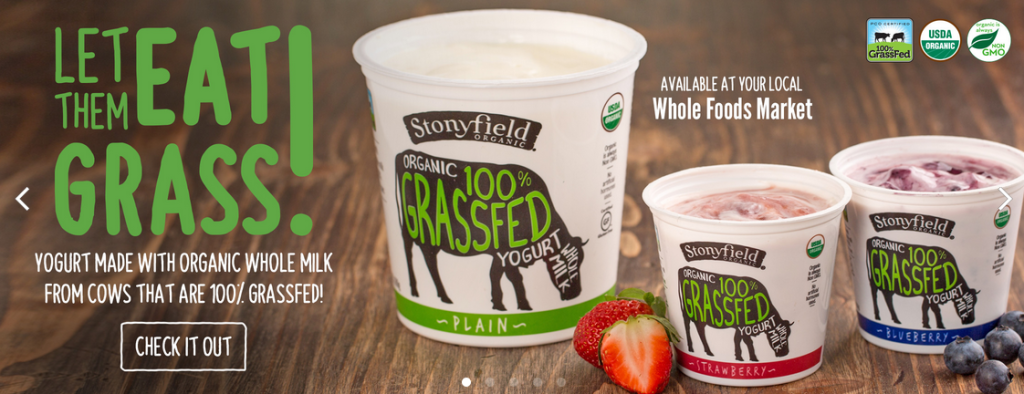Feed for Thought
October 11, 2017
Nicole Welk-Joerger
In his short manifesto, “The Pleasures of Eating,” Wendell Berry proposed a powerful statement: “Eating is an agricultural act.” The phrase proposes that the decisions we make when we choose and eat certain foods foster particular kinds of agricultural systems. It encourages us as consumers to be critical of our choices, curious about where our food comes from, and conscientious of the many relationships - human, environmental, and animal - that are maintained to keep certain items available at our dinner tables.
Berry’s quote has inspired academics, journalists, and activists to follow the intricacies of America’s food system. His quote has inspired my own work. But my anthropological training forced me to further define its parts. I’ve wondered if humans were the only ones “eating” in this sentence, and if other forms of food, feeding, and consumption fell to a secondary status because the essay was driven by the anthropocentric question (and title of Berry’s essay compilation), “What are People For?”

My research pushes Berry’s statement in a different direction. I take seriously the non-human consumers of our food systems and propose that feeding is just as important of an agricultural act. How we feed the animals that produce our dairy products and meat today is predicated on an intricate set of institutional relationships that have been building since the late 19th century. What our food animals eat fosters certain economic, ecological, and even cultural systems over others. And as human food labels start to highlight what our food animals eat in efforts for food system transparency (and as a marketing endeavor), it is important to ask how we got to this moment. How has feeding changed over time, and what were the consequences of these changes?

With exception to these “what they eat, we eat” marketing efforts, feeding often goes unnoticed by the average consumer. There are also problems with overgeneralizing what and how animals like cows eat for the sake of activism. Extremist propaganda can be more divisive than informative. Cartoons of cows being force-fed through a funnel and conveyer belt, for example, do not match the everyday realities on the farm, where no animals are force-fed. Rather, they are sometimes encouraged to eat more food through tasty additives like molasses or chocolate. Such misrepresentations discourage an open and constructive dialog between hard-working farmers and conscientious consumers. Given the public mission of PPEH, as a fellow I hope to use this project as a springboard for hard, but important, conversations about our food systems. I want to discuss how actions like feeding can alter human and animal bodies as well as environmental landscapes. And just as I speak with both farmers and consumer activists in the field, and pull work from scientists and industry professionals in the archive, I plan to foster cross-conversation and collaboration as a fellow in two ways.
First, I plan to cultivate collaboration across fields and schools at Penn, in an effort to encourage relationships for future projects concerned with agriculture, food production, and the environmental consequences of missions to feed both humans and their animals. Historians can help inform animal science and veterinary medicine, and veterinarians can help inform sources used in the humanities. I’ve witnessed these arrangements gain momentum as cross-listed classes at Penn, including Global Food Security for Ten Billion. I feel such arrangements can and should translate outside the classroom.
My second goal for cross-conversation is related to these efforts of translation. Research needs to be accessible not only across these different disciplines, but also across individuals of different ages, abilities, and educational backgrounds. To address this, I will use the Fellows Blog as a site for experimentation in informational accessibility. As one of the blog’s editors this year, I plan to showcase works that use various audio and visual formats, as well as different writing genres. These different kinds of posts will aim to reach wide audiences about the human and non-human entanglements that come with everyday actions like eating.
---
Nicole Welk-Joerger is a PhD candidate in the History and Sociology of Science department at Penn. She investigates historical and ethnographic moments when issues of human and animal health meet.
References
Berry, Wendell. What Are People For?: Essays. Second Edition edition. Counterpoint, [1990] 2010.
